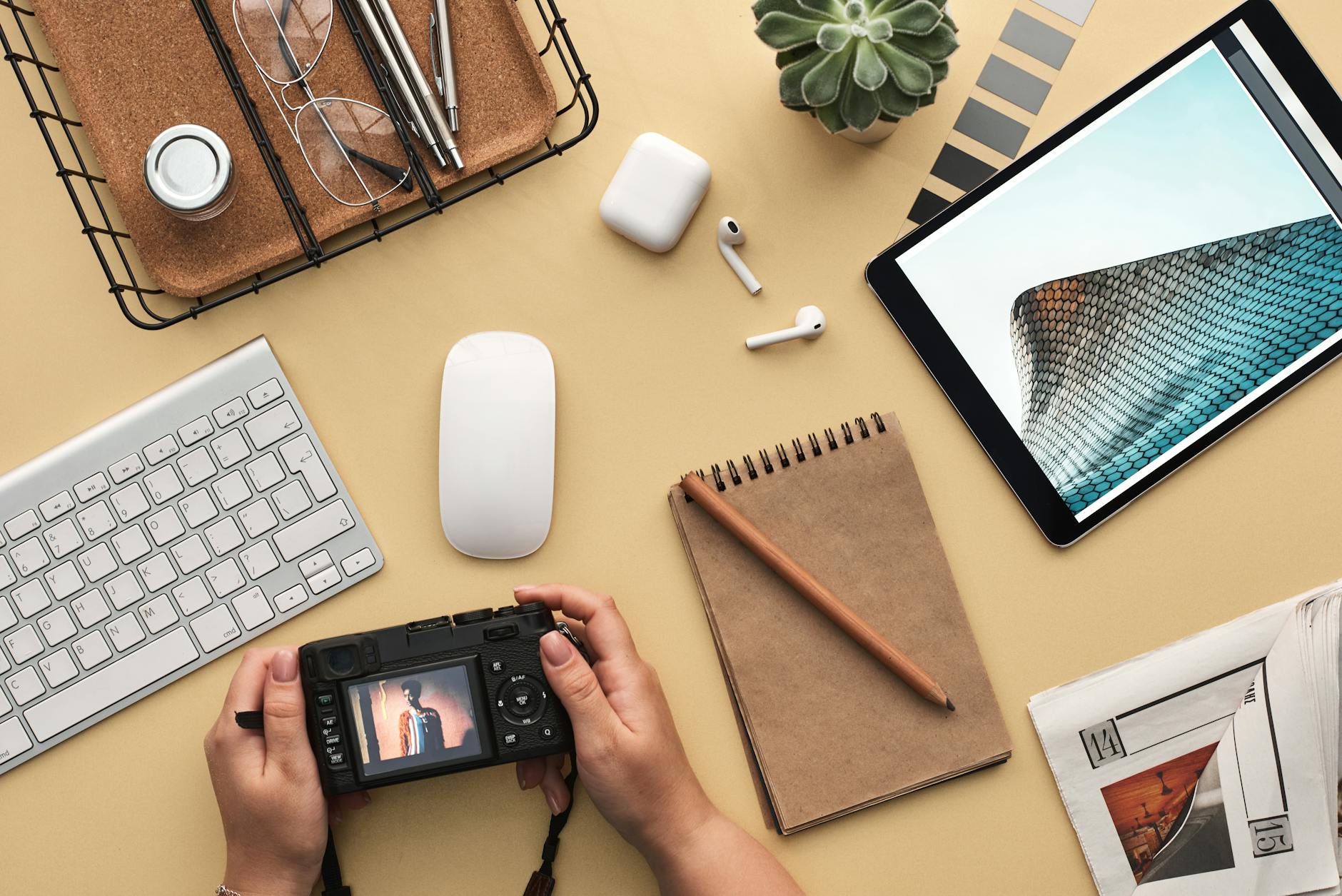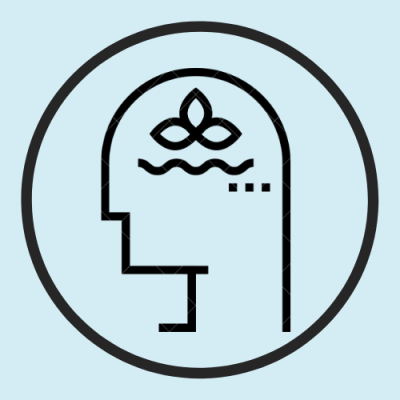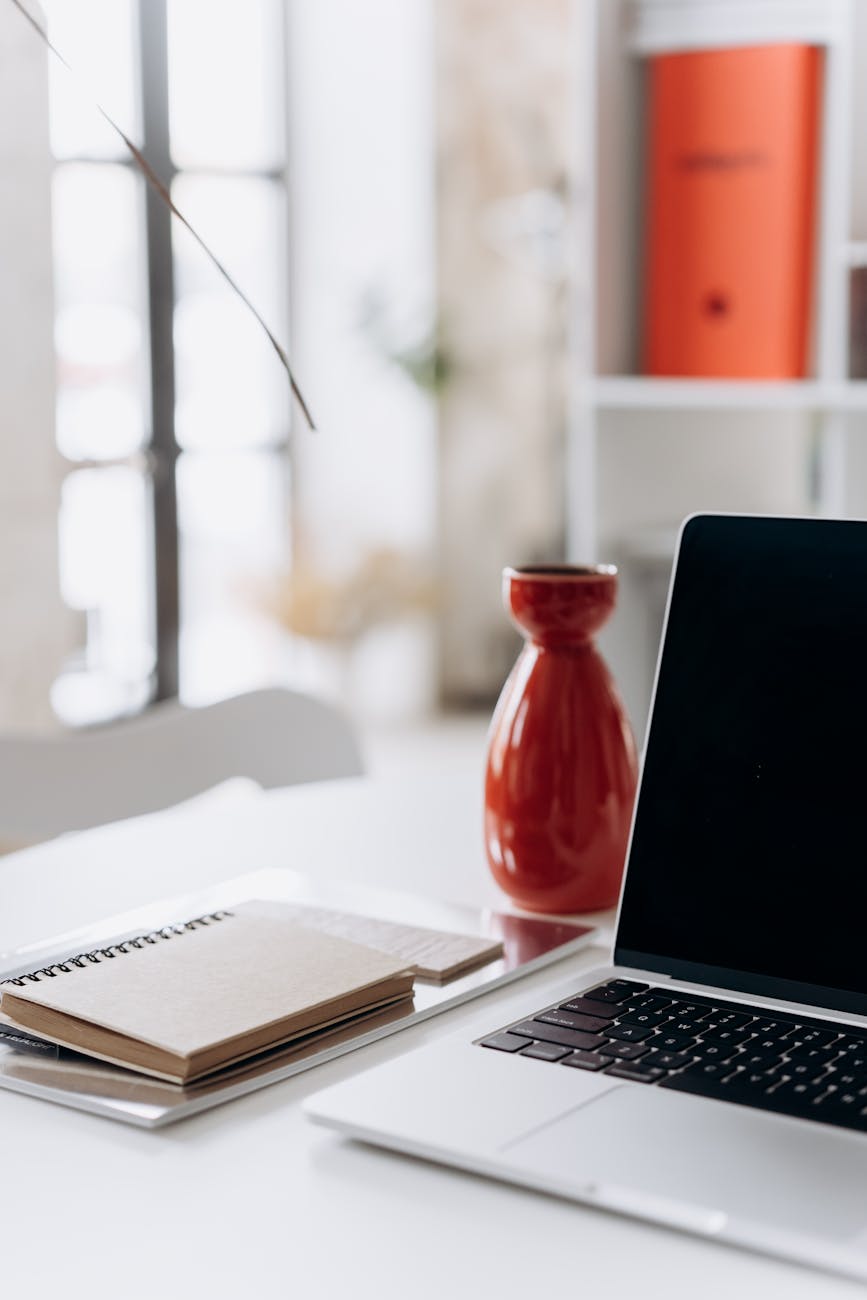
From the outside, The Art of Creative Practice can look like many different things at once. Writing programmes. Creative challenges. Emotional inquiry. Somatic awareness. Community spaces. Workshops on purpose, planning, and creating change. People arrive through different doorways, often drawn by whatever thread they most need at that moment.
But beneath that variety, the work is not fragmented. There is a single, consistent developmental movement running through all of our community events that mirrors how real change actually unfolds when it’s allowed to be both deep and sustainable:
- Reveal: Understanding what’s really going on inside you
- Repattern: Changing the beliefs and habits that keep you stuck
- Realign: Living day-to-day in a way that matches your new clarity
They aren’t phases you complete once and leave behind. They form a cycle you return to again and again, at deeper levels, in different seasons of your life. Each time, the same essential work is happening: learning to see more truly, loosening what no longer serves, and allowing your life to reorganise around what has been clarified.
Reveal: Learning to See What Is Already Operating
Most people arrive at personal development through friction. Something isn’t working. They feel stuck, scattered, overextended, creatively blocked, emotionally fatigued. The instinct is usually to begin at the level of behaviour—to become more disciplined, more organised, more strategic. Sometimes that helps. Often it doesn’t last.
The reason is simple and quietly unsettling: much of what governs our lives is happening below the level of conscious choice.
This is why the first movement of the work is always Reveal.
This phase is about learning to see yourself accurately, beneath the surface narratives, self-concepts, and coping strategies. It’s about developing the capacity to notice:
- What’s really happening in your inner world
- Which part of you is leading at any given moment
- What patterns are operating automatically beneath conscious choice
This is where the Three Centres of Intelligence come in:
- Mind (thinking, analysing, strategising)
- Emotions (feeling, relating, meaning-making)
- Body (instinct, boundaries, survival, grounded presence)
Most of us don’t live from all three; we over-identify with one. And when we do, we start mistaking a single mode of intelligence for our whole identity. The overthinking mind. The emotionally over-responsible heart. The hyper-protective body.
Reveal is the slow cultivation of inner perception. It’s where we begin to notice what is actually happening inside us, not what we think should be happening.
Many people discover, with a mix of relief and disorientation, that they have been living almost entirely from one centre. The mind that never stops scanning and solving. The heart that absorbs, adapts, and over-responsibilises. The body that stays braced, alert, protective, long after the original threat has passed.
From there, we move into the language of subpersonalities or roles like the Planner, the Helper, the Protector, the Achiever, the Peacemaker, the Lone Wolf. These roles aren’t problems to be eliminated; they are survival strategies that once made deep sense. But when they run unconsciously, they run our lives.
Reveal is the phase where we stop asking “What’s wrong with me?”
And start asking, “What part of me is running the show right now?”
Reveal is not about judging these roles. It is about finally being able to see them as parts of us, rather than the totality of who we are. That shift alone often begins to release enormous pressure.
You cannot change what you cannot see. Reveal is where the seeing begins.
Repattern: When Insight Is No Longer Enough
There is a particular kind of frustration that arises once you can see your patterns clearly—but still find yourself repeating them. You understand your dynamics. You can name the role that has taken over. You can track your reflexes in real time. And yet, in the moment when it matters, the old response still arrives first.
This is where Repatterning begins.
Repatterning is not willpower layered on top of unchanged inner architecture. It is the slower, more intimate work of changing what the nervous system expects, what the emotional system anticipates, and what the psyche assumes must happen in order for you to be safe, valued, or allowed to rest.
Repatterning means working at the level of:
- Beliefs
- Emotional reflexes
- Somatic habits
- Inner rules about safety, worth, responsibility, success, and failure
Much of this work happens sideways rather than head-on. Through daily practices that reintroduce choice where compulsion once lived. Through creative process that allows the unconscious to reorganise without being forced. Through embodied attention that teaches the body it is no longer living in yesterday’s emergency. Through relational spaces where you are met differently than you were before, again and again, until something inside you begins to trust a new pattern.
In the ACP ecosystem, repatterning happens through:
- Repeated daily practices
- Structured reflection
- Creative processing
- Embodied awareness
- Relational feedback inside contained group spaces
This is where the work becomes transformative rather than interpretive. Repatterning is not about becoming someone else. It’s about freeing energy that has been locked into outdated inner contracts. This phase is often uncomfortable, not because something is wrong, but because something real is changing.
Realign: Letting Your Life Catch Up With You
One of the quiet tragedies of inner work is that people often change internally while their external lives remain structurally unchanged. They become clearer, steadier, more honest with themselves—and then return to schedules, relationships, and creative arrangements that require them to abandon that clarity every day.
This is why the third movement, Realign, matters so much. Realignment is where insight and identity translate into:
- What you prioritise, release, and commit to
- How you structure your days
- What you say yes and no to
- How you work, relate, rest, and create
Realignment is where insight becomes visible in how you actually live. Not as a performance of alignment, but as a series of grounded, often difficult choices that slowly bring your outer life into correspondence with your inner truth. It shows up in how you set limits. In how you organise your working life. In how you relate to time, money, obligation, rest, ambition, and care. In what you agree to carry and what you finally allow yourself to set down.
Realignment is not a destination. It is a continual process, but over time, if it is tended to carefully, something unmistakable happens: your life begins to feel less divided against itself.
How the ACP Structure Mirrors This Arc
This rhythm of Reveal, Repattern, and Realign is quietly built into the structure of The Art of Creative Practice itself.
The weekly Integrative Meditation classes sit at the threshold between Reveal and Repattern. Week by week, they train the capacity to notice what is actually present—sensation, emotion, mental tone, inner movement—without rushing to alter it. This is Reveal in its most direct form: learning to stay with what is real. At the same time, something subtler is already beginning to shift. Through repetition, nervous system settling, and the gradual unwinding of reflexive tension, repatterning is quietly underway. New internal rhythms are being laid down beneath conscious effort.
The Challenges move more decisively into the territory of Repatterning. These are the focused immersions where insight is actively worked with rather than simply observed. Beliefs are questioned. Habits are disrupted. Roles are brought into the light and gently reorganised. The container is temporary but the changes it initiates often continue long after the formal structure ends.
And then there are the Workshops, which tend to lean most explicitly toward Realignment. This is where inner change is brought into direct conversation with the actual architecture of daily life. How you live. How you work. How you create. How you rest. How you structure your commitments and define success on your own terms. Workshops are not primarily about insight—they are about translation. About letting what has shifted internally begin to reshape the external life that must now hold it.
Seen this way, the weekly classes, the periodic challenges, and the deeper workshops are not separate offerings. They are different temporal expressions of the same developmental current. One slows perception. One reshapes pattern. One reorganises life.
People often enter The Art of Creative Practice thinking they are coming for one specific thing: writing, creativity, emotional clarity, steadiness, purpose. And they do receive that. But what they often discover, sometimes only in retrospect, is that they have also entered a larger developmental rhythm.
Each offering is not a standalone technique. It is a different expression of the same underlying movement:
- Reveal what is actually present.
- Repattern what has become rigid or automatic.
- Realign how you live in response to what has changed.
This is why the work is cumulative. At its core, The Art of Creative Practice is not about self-improvement in the performative sense. It is about integration. About learning to live from a steadier centre of gravity. About becoming less fragmented, less driven by unconscious contracts, less at war with yourself.
This is slow work. But it is reliable. And over time, it produces something quietly radical: a life that begins to move as a single, coherent whole.
If this way of working speaks to you, the Five-Day Soul Map Challenge is the most direct and accessible way to step into it.
Across five gently structured days, you’ll be guided through the arc of Reveal, Repattern, and Realign in immediate, lived ways. You’ll begin by noticing the roles you’ve learned to inhabit, trace the deeper threads of your purpose, reflect on how struggle has shaped you, and clarify what it means to live from inner alignment rather than habit or pressure. I look forward to seeing you there!
UPCOMING EVENTS:
The Five-Day Soul Map Challenge | 8-12 December | 8-9 AM GMT | £19
Creative Flow Coworking Session | 8 December | 11AM-1PM GMT | free
Reflect & Reset: Quarterly Planning Workshop | 5 January | 7.30-9.00 PM GMT | £10
Integrative Meditation | 12 January | 7.30-8.30 PM GMT | £4




